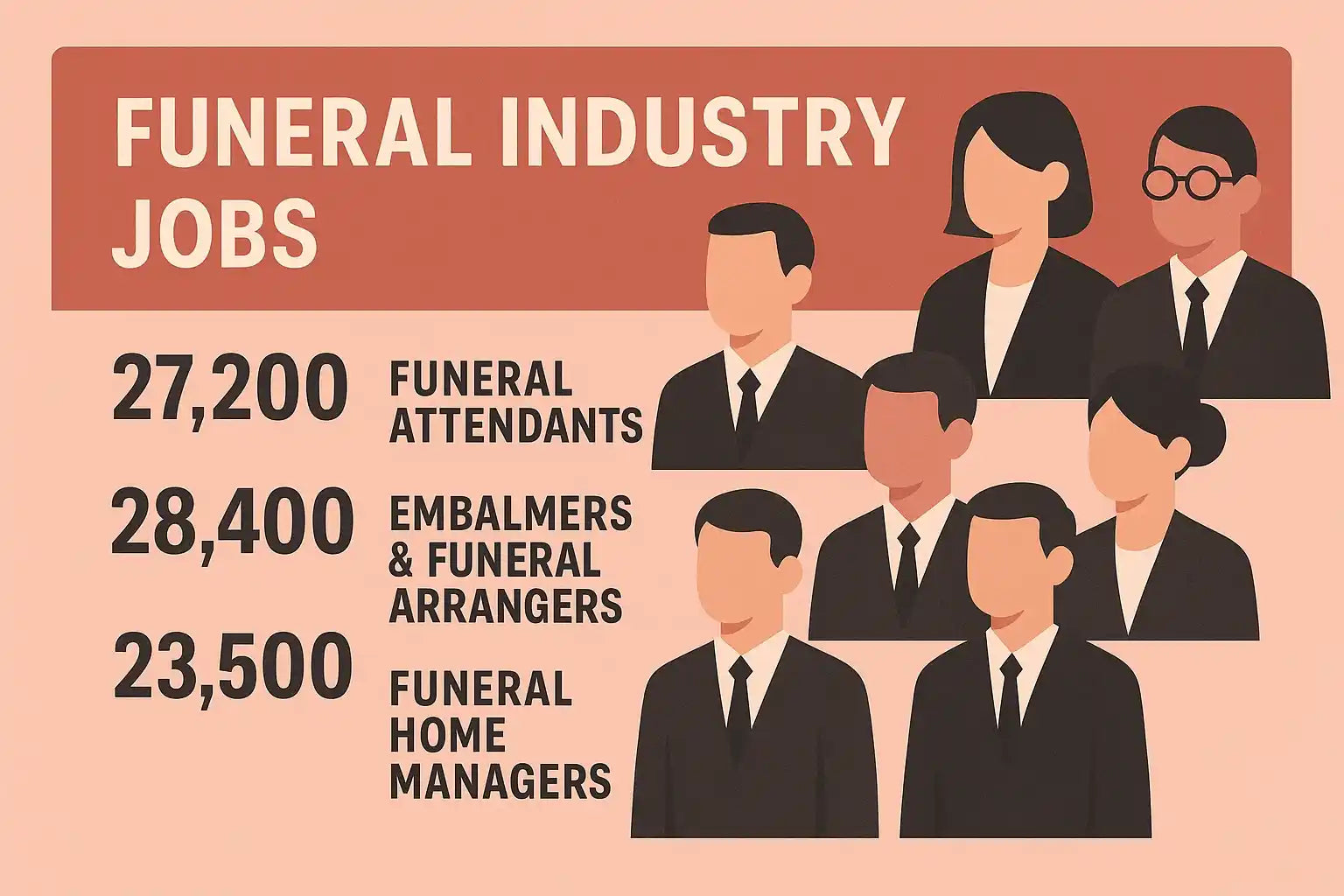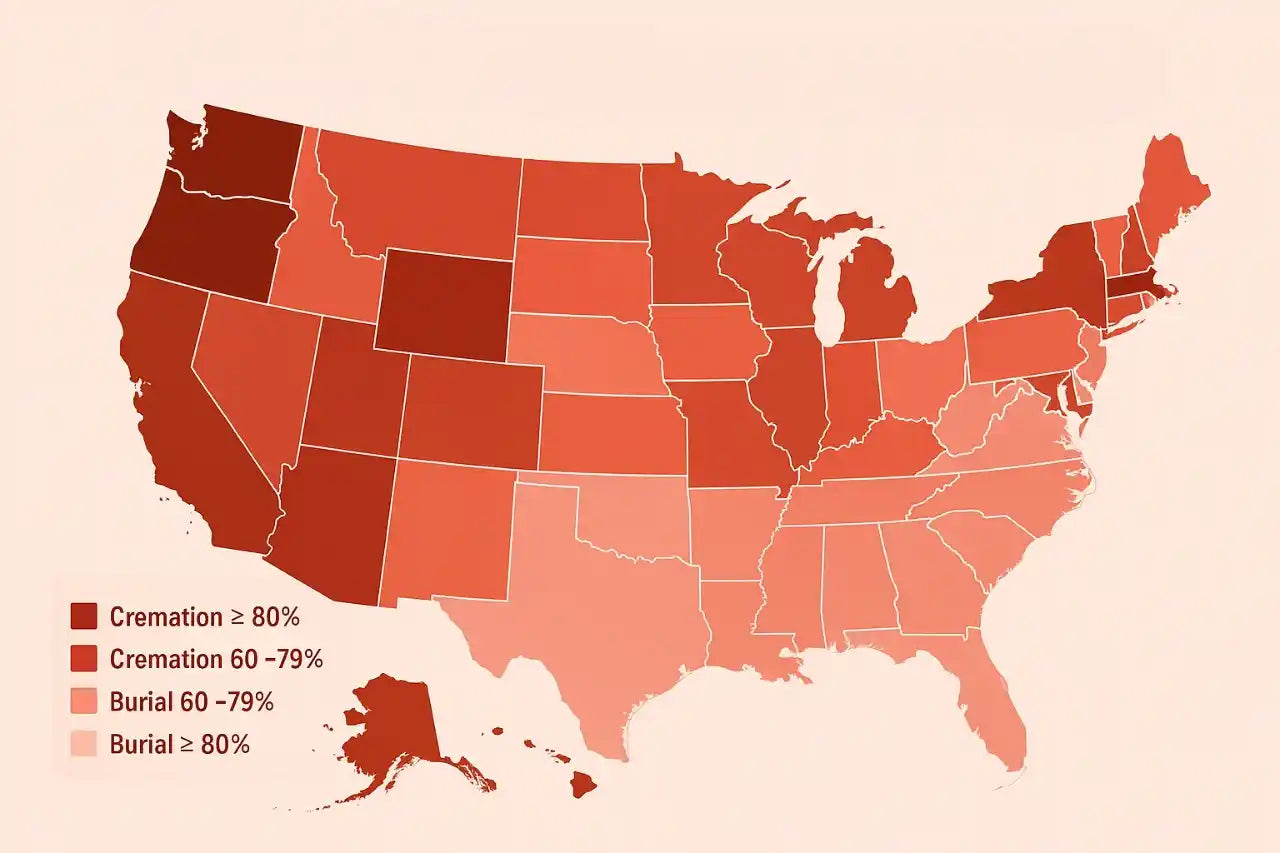Ever wondered how headstones are engraved? It's fascinating how this art has evolved from ancient stone-bashing techniques to today's precision lasers. Back in the day, craftsmen would literally chase the stone with basic tools - just imagine someone carefully striking a stone gouge with another stone or piece of wood to create letters.
These days, the process looks quite different. While some artisans still keep traditional methods alive, most memorial makers use a mix of old-school skills and cutting-edge tech. Whether it's through sandblasting, laser engraving, or hand carving, each headstone tells its own unique story.
What's cool is that modern engravers can now do things their predecessors could only dream of - from adding detailed photographs to creating 3D effects. And get this - some memorials even include QR codes that link to digital memories.
Let's dive into how these lasting tributes actually come to life.

Traditional Hand-Carving Methods
Let me tell you how headstones are engraved the old-school way. Traditional stone carvers are like artists with hammers, using a set of specialized tools that haven't changed much in centuries. They work with chisels, mallets, and something called a dummy (a wooden mallet that's gentler on the tools).
The process starts with careful planning. The carver sketches the design on paper, then transfers it onto the stone using carbon paper or a special rubber stencil. Here's the interesting part - they don't just dive in with the chisel. First, they'll mark out the letters with a pencil, making sure everything's perfectly spaced.
The actual carving is pretty intense. The stone carver uses different types of chisels - some for rough cuts, others for fine details. They'll start with the V-cut method, where they create deep, angular cuts that form each letter. It's all about control and pressure - too hard, and you might chip the stone; too soft, and the letters won't be deep enough.
What's really cool is that each carver develops their own style over time. Some still use pneumatic hammers (think tiny jackhammers) to speed things up, but the real traditionalists stick to hand tools only. They say you can feel the stone's personality better that way.
The whole process can take days or even weeks, depending on how complex the design is. But that's the beauty of hand-carved headstones - each one is literally one of a kind, with tiny variations that show it was made by human hands, not machines.

Modern Engraving Technologies
These days, if you're wondering how are headstones engraved, you'll find it's way different from the old hammer-and-chisel days. Modern memorial makers are using some pretty impressive tech to create lasting tributes.
First up, there's Computer-Aided Design (CAD). Think of it as digital sketching on steroids. Memorial designers can now show families exactly how the headstone will look before touching the stone. They can tweak fonts, adjust sizes, and move designs around with a few mouse clicks.
Laser etching is another game-changer. These machines can create incredibly detailed images - we're talking photo-realistic portraits and intricate scenes. The laser basically vaporizes tiny bits of the stone's surface, creating marks that can be super precise. It's especially great for granite headstones, where it can create different shades of gray.
But the real workhorse of modern memorial making is sandblasting. Here's how it works: the design gets printed on a rubber stencil that sticks to the stone. Then, a high-powered blast of sand shoots through the exposed areas, carving into the stone. It's faster than hand-carving and gives consistent results every time.
Some shops are even combining these methods. They might use CAD for the design, sandblasting for the letters, and laser etching for the fine details. It's all about getting the best result for each unique memorial.
The coolest part? These modern techniques mean you can get way more creative with headstone designs. Want your loved one's favorite landscape etched in perfect detail? Or their actual handwriting carved into stone? Modern technology makes it possible.

Materials and Considerations
When it comes to how headstones are engraved, picking the right material makes all the difference. Let's break down your options and what to keep in mind.
Granite is the rock star of headstone materials (pun intended). It's tough as nails, laughs in the face of weather, and can last for generations. Plus, it comes in tons of colors - from jet black to sunset red. That's why about 80% of modern headstones are granite.
Marble looks gorgeous, but here's the catch - it's softer than granite and can get weathered over time. Those beautiful white marble headstones you see in old cemeteries? They started out crystal clear but got fuzzy over decades of rain and wind.
When picking fonts and designs, think long-term. Bigger letters last longer than tiny ones, and simple designs often age better than super detailed ones. The depth of the engraving matters too - deeper cuts mean the text will stay readable longer.
Here's something cool - different materials take different engraving techniques. Granite loves sandblasting and laser etching, while marble's better suited for hand carving. Your budget plays a part too - some materials cost way more than others, and fancy designs can bump up the price significantly.
Remember, this isn't just about today - you're creating something that'll tell your loved one's story for generations to come.
The Engraving Process Step-by-Step
Ever wondered exactly how are headstones engraved from start to finish? Let's walk through the whole process - it's pretty fascinating stuff.
First up is the design phase. You'll sit down with the memorial maker to pick out everything from the stone color to the font style. They'll usually show you a digital mock-up so you can see exactly how it'll look. Pro tip: take your time here - this isn't something you want to rush.
Next comes the stone prep. The granite slab gets cut to size using massive diamond-tipped saws (yeah, real diamonds!). Then it's polished until it's smooth as glass. This step is crucial because the smoother the surface, the better the engraving will turn out.
Here's where it gets interesting. If you're going the sandblasting route, they'll create a rubber stencil of your design. This stencil is super sticky and works like a giant mask - protecting parts of the stone while leaving other areas exposed for carving.
For detailed images or portraits, they might use laser etching. The laser basically maps out the design pixel by pixel, burning tiny dots into the stone to create the image. It's wild how precise these machines are - they can even capture the subtle shadows in a photograph.
The final touches include hand-painting any designs (if needed) and applying a sealer to protect the engraving. Each piece gets checked multiple times to make sure everything's perfect before it leaves the workshop.

Modern Innovations and Trends
The way headstones are engraved keeps evolving, and some of the new trends are pretty mind-blowing. Let's look at what's hot in the memorial world right now.
QR codes are having a huge moment - they've seen a 10x jump in demand since late 2023. Stick your phone camera over one of these codes, and boom - you're looking at photos, videos, and stories about your loved one. It's like turning a headstone into a digital time capsule.
Green memorials are catching on too. Some folks are choosing eco-friendly materials and even headstones that can sprout into trees. It's part of a bigger move toward sustainable memorial options.
The personalization game has reached new levels. Thanks to advanced laser tech, you can get super creative - think 3D effects, intricate landscapes, or even favorite song lyrics etched in the person's actual handwriting.
Here's something cool - GPS mapping is becoming a thing in memorial parks. It helps families find their loved ones' spots easily and could eventually link up with digital memorial platforms.
Choosing an Engraving Method
Wondering how are headstones engraved and which method's right for you? Let's break it down to the basics.
Sandblasting is your budget-friendly go-to. It's quick, reliable, and works great for most designs. Think of it as the Swiss Army knife of headstone engraving - it gets the job done well without breaking the bank.
Hand-carving costs more (we're talking double or triple the price), but it gives you that one-of-a-kind, artisan touch. It's perfect if you want something truly unique or traditional.
Laser etching sits in the middle price-wise and shines when it comes to detailed work. Want a realistic portrait or intricate design? This is your best bet.
Pro tip: Don't just look at the price tag. Think about what you want to achieve - some lettering styles last longer than others, and certain methods work better on different types of stone.
Conclusion
Now you know exactly how headstones are engraved, from old-school chisels to cutting-edge lasers. Pretty amazing how this art has evolved while keeping its heart, right? Technology's changed the game, but it hasn't replaced the care and attention that goes into each memorial.
When you're ready to create a lasting tribute, companies like Signature Headstones make the process super straightforward. Their step-by-step approach helps you navigate all these choices we've talked about, and their customer service team's there to guide you through each decision.
What matters most? Finding the right balance between your vision, budget, and durability. And hey, with all these options available, you can create something truly meaningful that'll stand the test of time.


